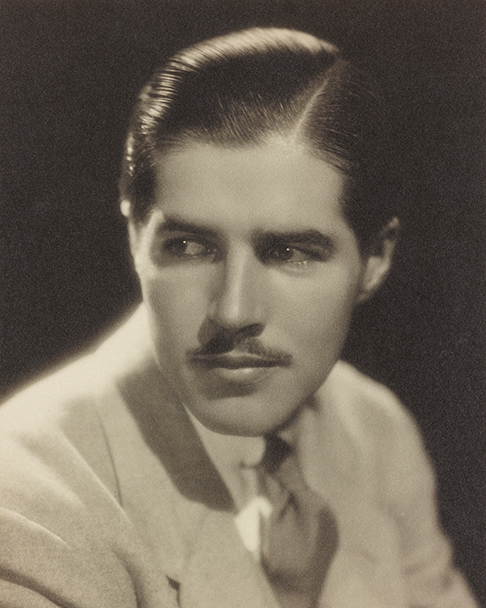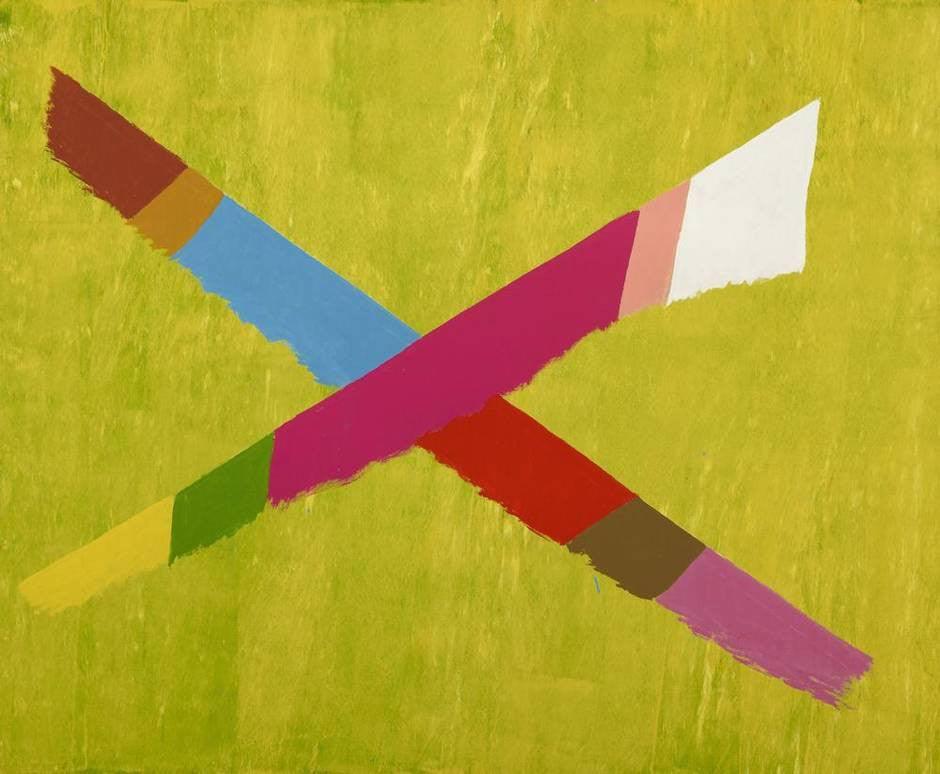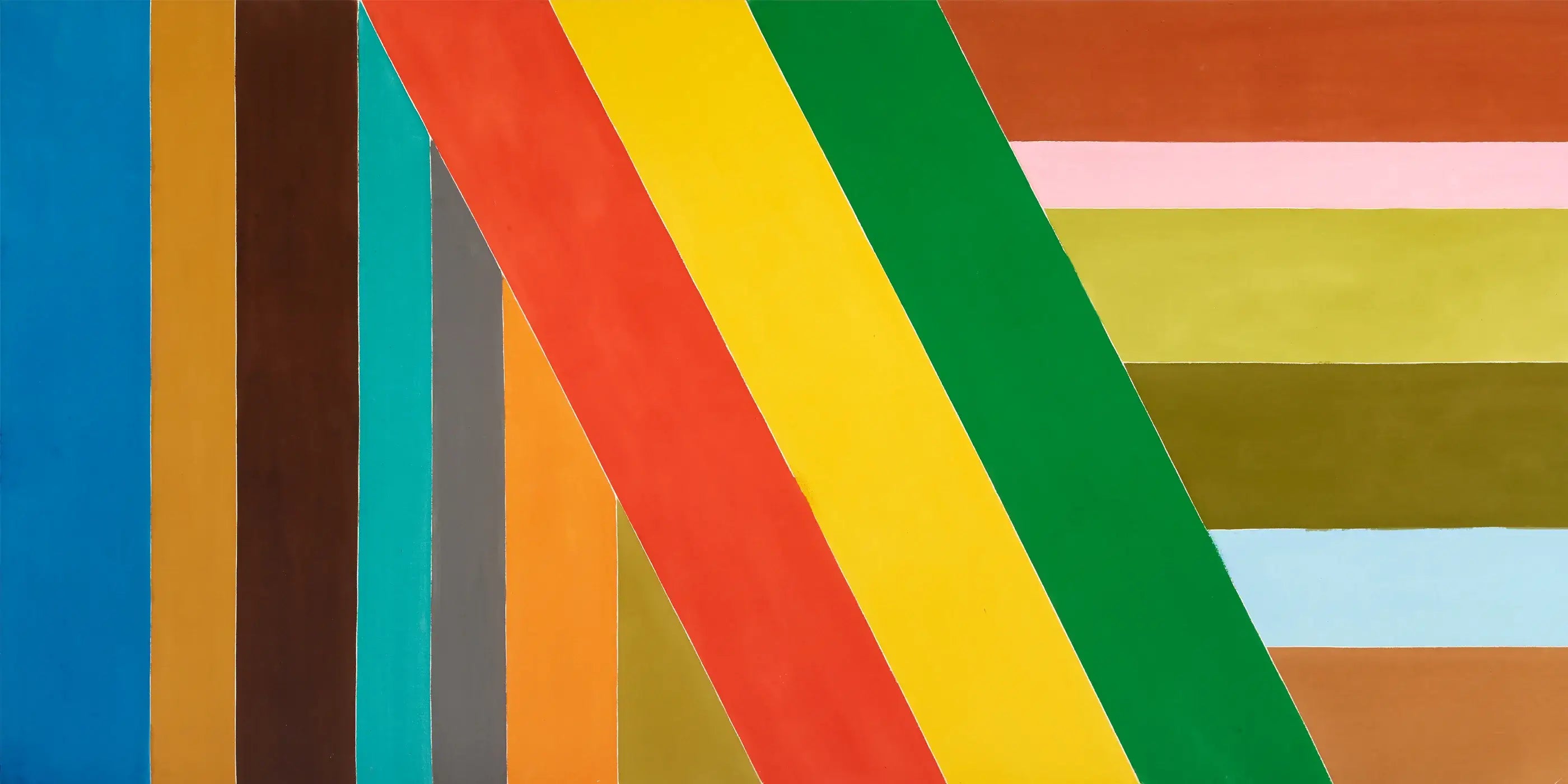This Saturday, November 12th, Terry Bush will be accepting OCAD University's Alumni of Influence, 'Legacy Award' for his late father, Jack Hamilton Bush.
 OCAD University Alumni of Influence Awards
OCAD University Alumni of Influence Awards
Message from President Dr. Sara Diamond
Alumni hold a very special value for institutions. Their careers and their creativity are both symbols and material expressions of OCAD University. They create an aura that touches us. They are keepers of institutional memory. They are role models for generations that follow. They are literally our teachers – many alumni have returned as faculty or staff, at some point in their careers. They reconnect – providing jobs to new graduates, and mentorship. They are our best advisors, as we grow our infrastructure, bursaries and scholarships, and better support for our programs, we look to them for insights, leadership and financial support, if they are able.
The 2016 Alumni of Influence Awards ceremony and reception, taking place on Saturday, November 12, 2016, will celebrate 5 exceptional alumni--spanning seven decades of our history--who have made an impact across a wide range of fields and pursuits. From colour field painting, to advertising, to illustration, to photography, and publishing, each of the 2016 recipients inspires us and we are so very proud to be able to publicly laud their achievements.
Registration Now Open for 2016 Awards Ceremony & Reception on November 12
Legacy Award

JACK BUSH
John Hamilton Bush, better known as Jack Bush, was born in Toronto 1909. He began his career in advertising working in his father’s firm, Rapid Electro Type Company in Montreal. Bush was raised in Quebec, where he attended the École des beaux-arts de Montréal. In his early twenties, he moved back to Toronto where, like many artists of his time, he was influenced by the Group of Seven. While continuing to work as a commercial artist, Bush was simultaneously talking night classes at the Ontario College of Art, as it was then known. This strengthened his connection to Canadian art. He was heavily influenced by artist and OCA instructor Charles Comfort, whose work consisted of decorative designs and areas of flat colour. Bush’s first exhibition was in 1936 with the Ontario Society of Artists in Toronto, and consisted mostly of landscapes and figurative work, which he continue tp undertake into the 1940s. Interestingly, Bush sought treatment from a psychotherapist in 1947, who encouraged him to paint more freely; this, along with seeing American Abstract Expressionism in New York City, inspired him to experiment with abstraction in the early 1950s.
The Toronto-based group ‘Painters Eleven, founded by William Ronald in 1953, became Bush’s next step in the art world as well as a driver for new audiences of his abstract painting. Through membership in Painters Eleven, Bush met his soon-to-be advisor and friend Clement Greenberg, the New York City art critic. With Greenberg’s guidance, He was led away from Abstract Expressionism and into simplifying his compositions. His technical experiments with oil consisted of his applying thin layers of paint or gradually staining unprimed canvas, later known as colour field painting. Greenberg included Bush’s work in his Los Angeles Post- Painterly Abstraction exhibition in 1964, which travelled to Minneapolis and Toronto. In 1966, Bush’s switch to water-based acrylics as a precaution against the health hazards that come with oil-based paints resulted in less textured but more vibrantly coloured paintings. When Painters Eleven disbanded in 1960, Bush’s colour-field paintings became his best-known work.
Bush’s work found great commercial success in New York City after it was chosen to represent Canada together with Jacques Hurtubise in the 1967 São Paulo Biennial. The thriving New York market allowed Bush to retire from commercial illustration in 1968 and paint full time. In 1972, the Museum of Fine Arts, Boston hosted the first major museum survey of the artist’s work in the U.S. Four years later, he was honoured as an Officer of the Order of Canada, with the Art Gallery of Ontario subsequently touring a nation-wide retrospective of his work.
As one of Canada’s first artists to achieve international recognition, Jack Bush’s life (1909–1977) is a fascinating story of a mid-century commercial artist turned abstract painter. Bush’s journey into creative independence marks a very important trajectory within the history of Abstract Art. His renowned, colourful paintings, drawings and commercial illustrations are a part of many galleries’ collections; among them, the National Gallery of Canada, Art Gallery of Ontario, Montreal Museum of Fine Arts, Tate Gallery in London, and Museum of Fine Arts in Boston.
Bush died at the age of 68 in 1977. In 1979, the National Film Board of Canada released a one-hour documentary film titled, simply, Jack Bush.
The current exhibit Jack Bush: In Studio, running June 4, 2016 – January 8, 2017 at the McMichael, is the first solo exhibition of Jack Bush’s work in a major public gallery in the vicinity of Toronto since the early 1980s.


 OCAD University Alumni of Influence Awards
OCAD University Alumni of Influence Awards

